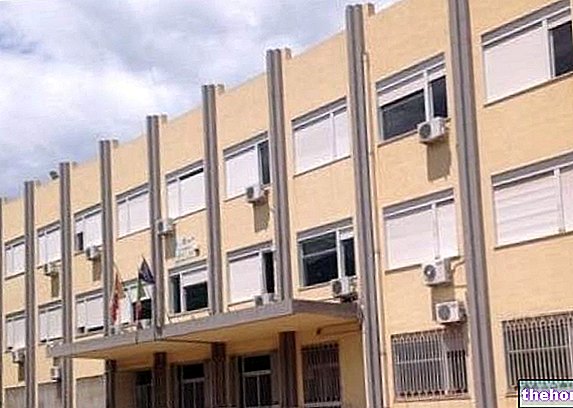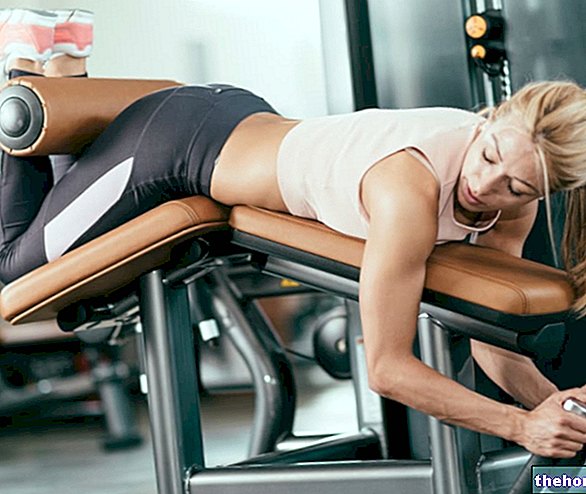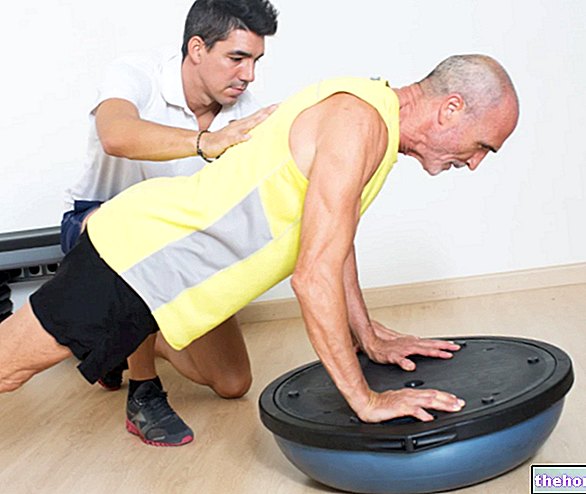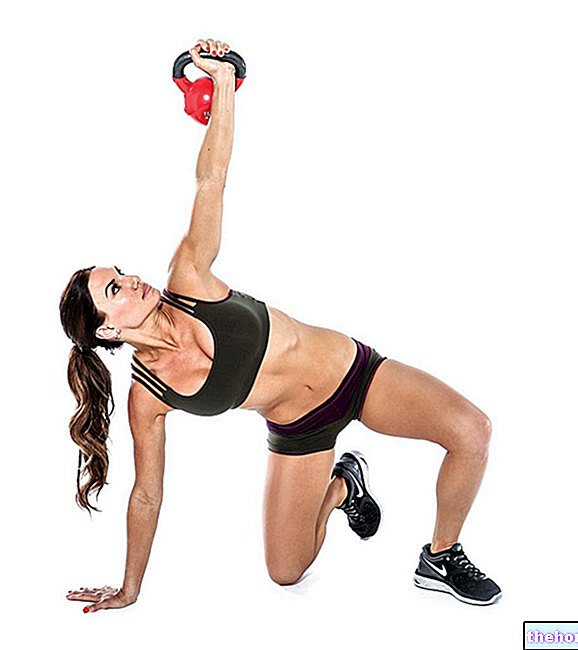Edited by Dr. Luca Franzon
Power is nothing without control
One of the grossest mistakes that can be seen in the functional re-education of an injured joint is always and only seeking the recovery of joint mobility and muscle tone. Surely they are two physical characteristics that must be re-educated but together with other factors including that fundamental of proprioception.
Proprioception (from the Latin proprius, belonging to oneself) is defined as the sense of position and movement of the limbs and body that occurs independently of sight. It can be divided into the sense of static position of the limbs and in the sense of movement of the limbs. This is a fundamental quality for the control of movement and standing. The receptors involved in this sense capacity of our body are:
- NEUROMUSCULAR SPINDLES
- TENDON ORGANS OF GOLGI
- RECEPTORS OF THE ARTICULAR CAPSULES (sensitive to the flexion and extension of the same)
- SKIN RECEPTORS (Ruffini, Merkel etc.)
These receptors continuously through the lateral cords of the white matter of the spinal cord send to the higher nerve centers a whole series of information on the state of tension of the muscles, ligaments and joint capsules. The higher centers process information by becoming aware of the position of the various body segments and their displacement during movement. On the basis of the sensations received, the higher nerve centers then send stimuli to the muscles to make the necessary corrections both in static and in dynamics. This is therefore the system that regulates posture.

Proprioception lives on the continuous exchange of information that reaches the nervous system and of actions induced by it to ensure that the subject respects the characteristics of balance, comfort and non-pain at all times.
Clearly, the mechanism described above works correctly when the subject is healthy and therefore does not present problems of any kind. At the beginning of the article we talk about subjects who have suffered a trauma. When the subject undergoes the joint insult, the receptors in the muscles and joints are traumatized and the proprioceptive sensations are altered. Since the trauma is an event that comes out of the physiological patterns of the joints, the sensations that will be felt and the responses that will be implemented will certainly be different from those felt in a normal situation. Just think of the person who gets a sprained ankle who is no longer able to walk well on the traumatized foot, which carries the weight on the other foot and in the end you have pains in the contralateral knee or in the back or in other parts of the body. Or the same subject who, despite having undergone re-education, continues to charge more from the non-traumatized side precisely because the proprioceptive system has been altered, therefore from altered information and consequently altered responses.
The proprioceptive re-education serves to restore to the subject the ability to perceive how his own joints are placed in static and dynamic, understanding that the trauma has made the system unstable.
In every gym and fitness center there should never be a lack of tools to perform the proprorpioception. The proprioceptive training can be done in different ways, but you certainly need to have the tablets with one and two support points available.
TABLET WITH 2 SUPPORTS
1-SUPPORT TABLET


SEEN FROM BELOW
SEEN FROM BELOW


VIEW FROM THE SIDE FROM THE FRONT OVER
VIEW FROM THE SIDE AND FROM THE FRONT OVERTURNED


SIDE VIEW IN POSITION D "USE
SIDE VIEW IN POSITION D "USE
The guidelines for proper proprioceptive re-education are
- The subject must be collaborative
- It is necessary to perform 2 sessions a day of 20 minutes each.
- Good muscle tone must be achieved.
- Joint mobility must be recovered.
- it must be done for at least 3 weeks after the trauma has healed.
- It is then necessary to carry out maintenance sessions lasting 30 minutes 2 times a week.
The fairly long duration and the daily repetitiveness of the training are given by the fact that it is working on the nervous system that needs to find a logic lost in the trauma.
In this article we will see how to train the proprioceptivity of the ankle and knee. Starting from how to correctly arrange the body segments to be re-educated so as not to be counterproductive instead of re-educational.
ANKLE
- The foot must rest mainly on the outer edge.
- He must rest with his fingers in a "gripping" attitude
- Heel and big toe are firmly fixed to the ground
- The inner arch is raised above the ground
KNEE
- Foot perpendicular to the frontal axis
- Gripping fingers
- Tibialis under tension to stabilize the structure.
- Knee flexed at 30/60 ° and rotated by 15 °
Of fundamental importance will be the position of the torso which can be at:
FRONT HALF STEPS
REAR HALF STEPS
trunk leaning forward in line with the rear leg
trunk perpendicular to the support foot which will correspond to the knee to be re-educated.


Below are the tables with the exercises to carry out a good re-education.
WEEK
DAY
EXERCISES
FIRST
1° - 2°
flexed ankle extensions while sitting on a two-footed board
3° - 4°
flexed ankle extensions standing with bipodalic support on a 2-support board
5° - 7°
flexed ankle extensions standing with monopodalic support on a 2-support board
SECOND
1° - 2°
Lateralization of the ankle when seated on a two-supported tablet
3° - 4°
Lateralization of the standing ankle with bipodalic support on a tablet with 2 supports
5° - 7°
Lateralization of the standing ankle with monopodalic support on a tablet with 2 supports
THIRD
Same exercises as in weeks 1 and 2 adding the rotations. Performed in mopnopodalic support on a tablet with 2 supports with variable execution rhythm.
WEEK
DAY
EXERCISES
FIRST
1
° - 2°
Learning of the position of the foot and of the flexion-extension and varovalgization movements
3° - 7°
From extended knee to knee flexed at 30/60 ° and externally rotated by 15 ° in anterior and posterior half-step with 2-support board
SECOND
1° - 3°
Repetition of exercises last week
3° - 7°
Varus and valgus of the knee in anterior and posterior half-pass on a board with 2 supports
THIRD
Exercises of the first two weeks with 1 support tablet.
Simultaneous use of the two tablets.
These are guidelines and do not want to be a standardized work protocol, because re-educating a subject is something special and above all it is a set of exercises and methods that must take into account who the subject is and what he did before the trauma. What need does he have or what he must go back to after re-education (advanced athlete or normal subject). How he took the trauma from a psychological point of view and how he reacts to re-education (constant and motivated or the other way around). The path to follow is therefore difficult and extremely personalized, so everything you read about it must be interpreted in the right way.
My intention is to bring your attention to a key factor in successful re-education. If it is true that the human body can be compared to a machine, then it is useless to try to repair the peripheral parts of the machine if the central computer that has to regulate them has problems. The sooner the nervous system is able to regain control of the situation, the sooner the subject will be able to go back to doing what he did before the trauma, clearly as far as possible.
It should be borne in mind that proprioception should also be trained in subjects who are not traumatized with the aim of making them more and more masters of their body and perhaps preventing future traumas. A proper reference should also be made to proprioceptive sensation and postural alterations since often postural alterations are given by bad proprioceptive sensations. This is a further reason to train proprioception. In details in future future articles.























-nelle-carni-di-maiale.jpg)




